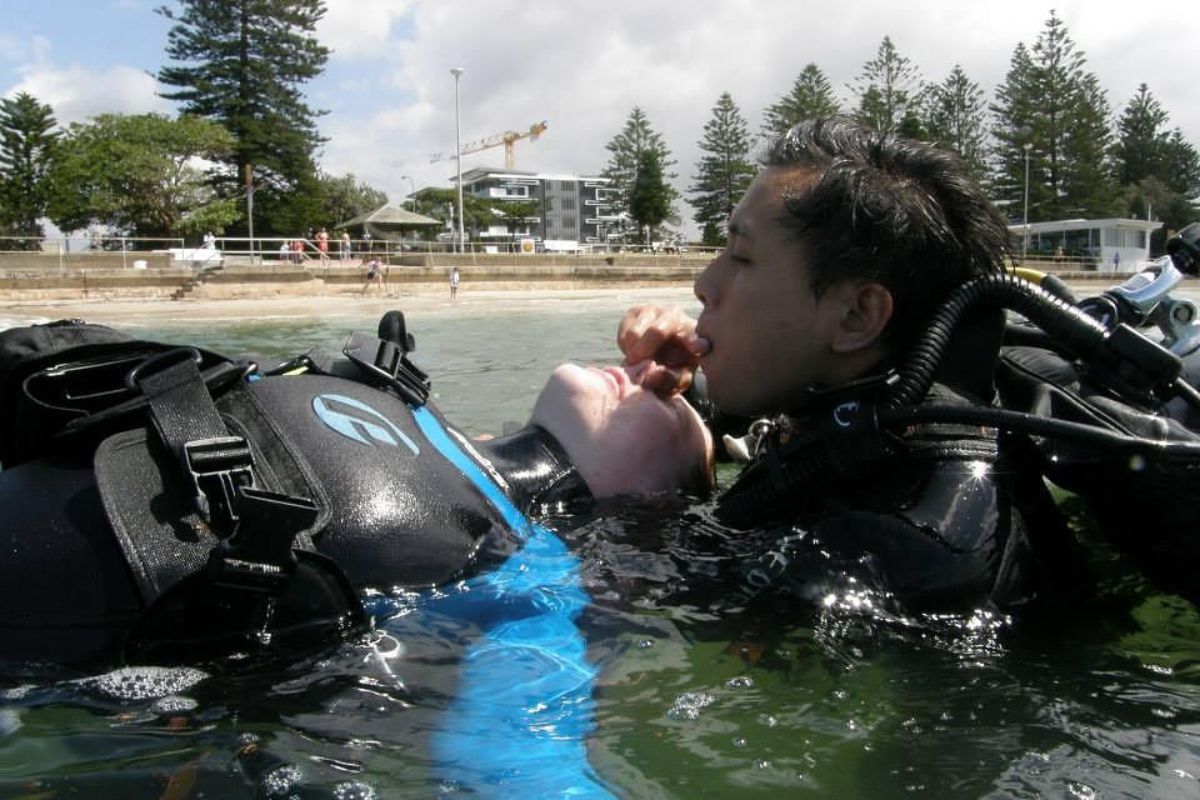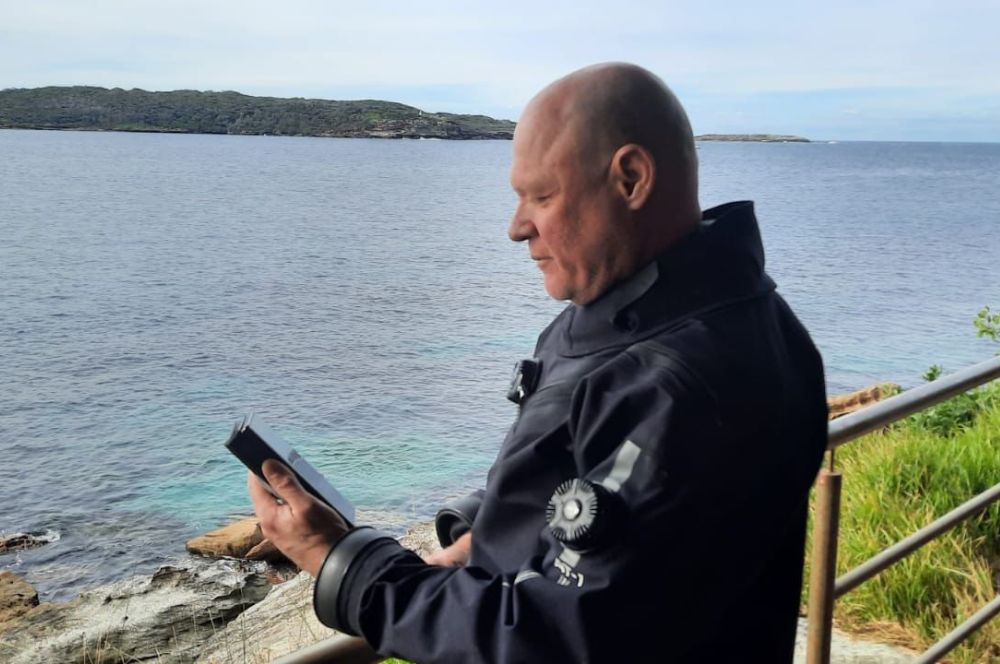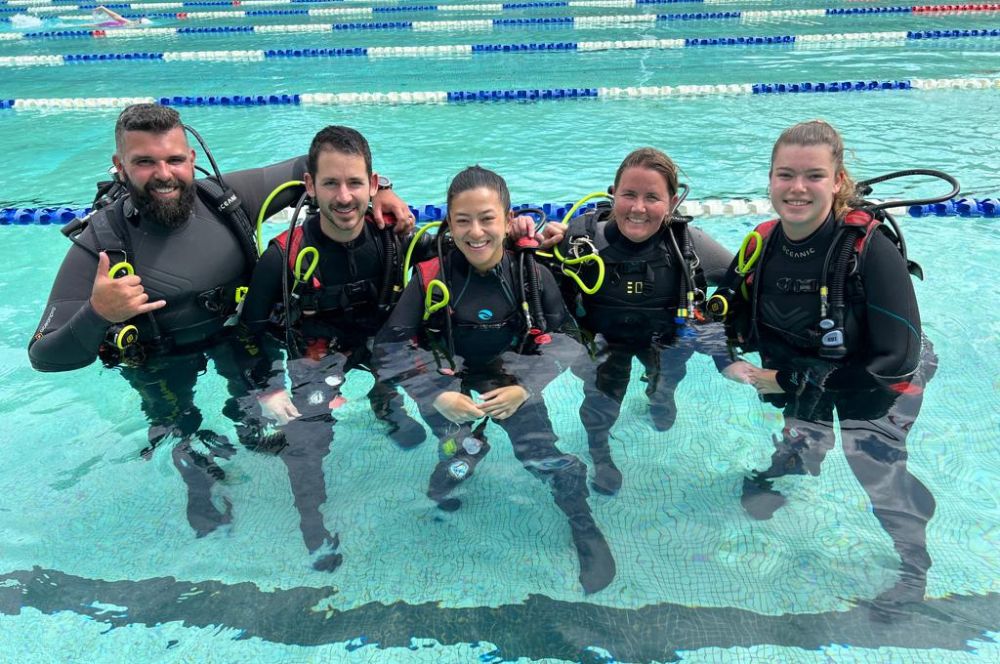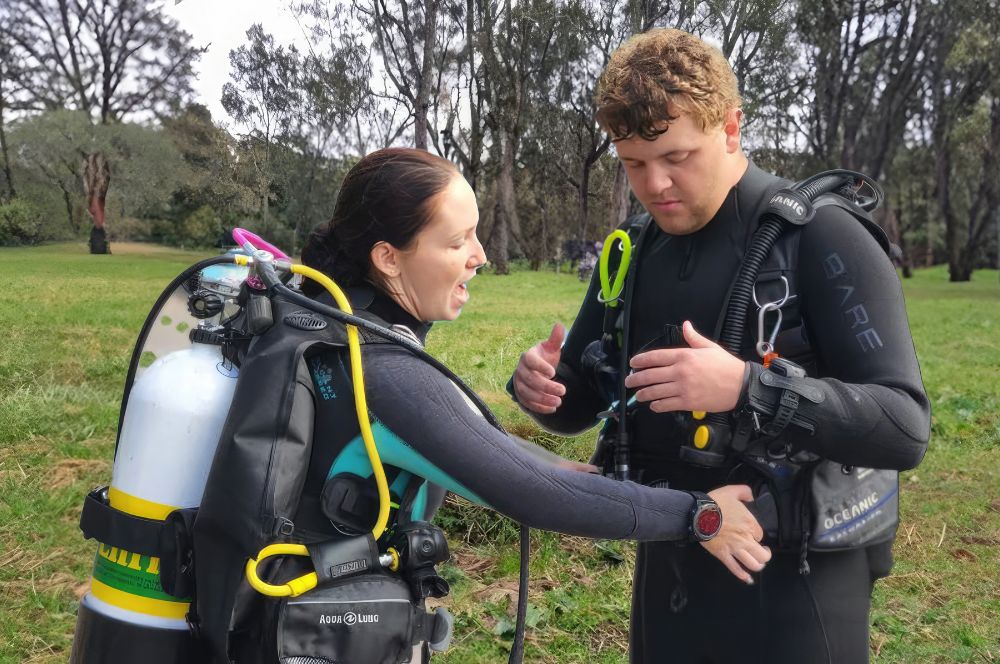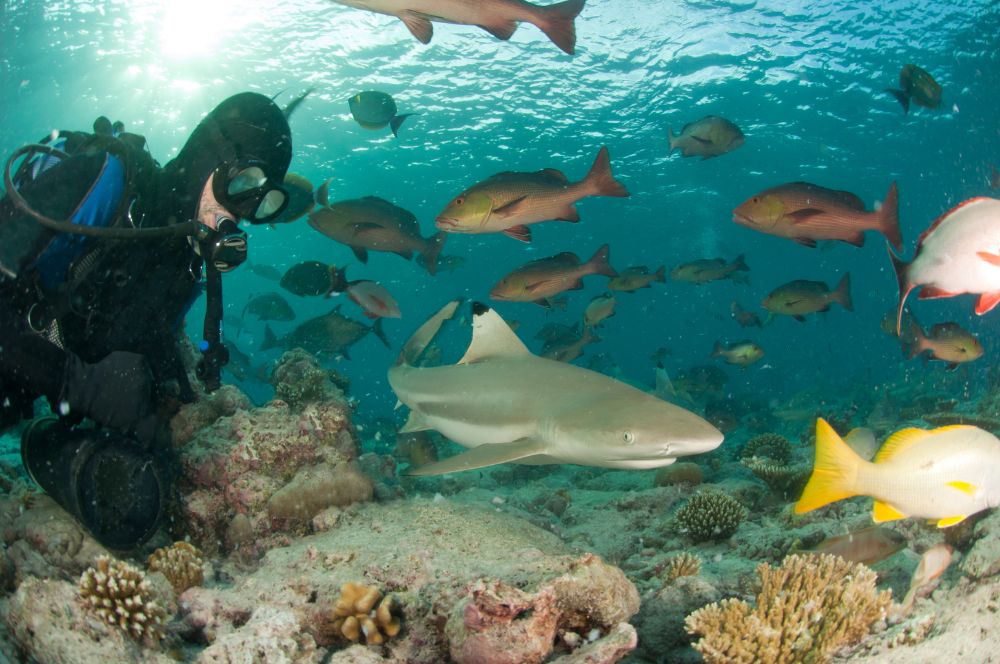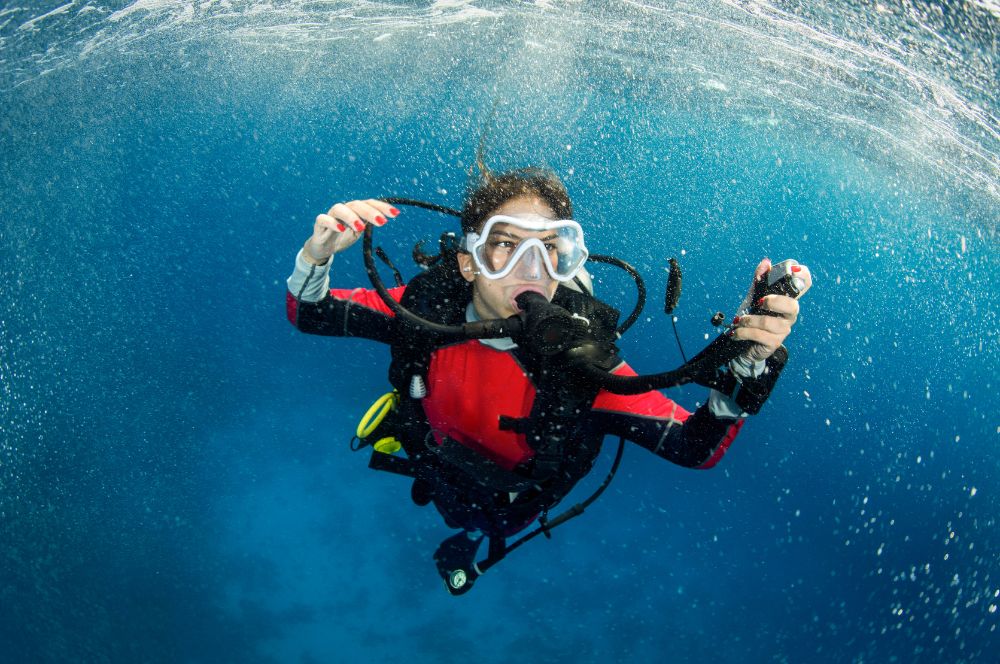You have 0 product(s) in your cart.
Abyss Scuba Diving
Is Scuba Diving Dangerous? Unpacking The Truth - Dive In With Us!"
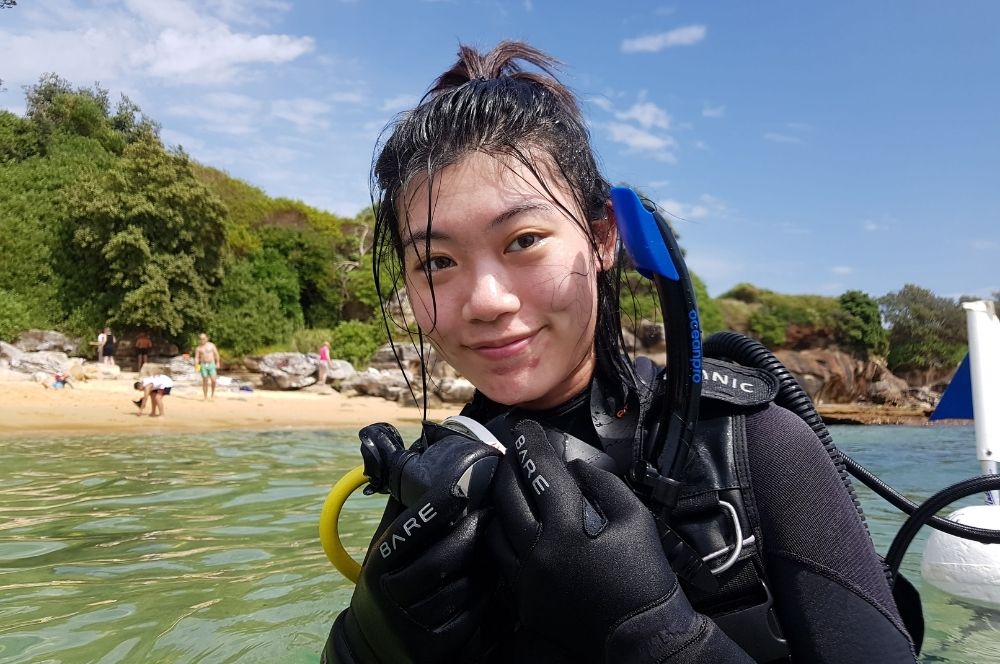
Is Scuba Diving Dangerous? A Comprehensive Look at the Risks and Safety Considerations
Scuba diving offers an unparalleled opportunity to explore the mesmerizing underwater world. When done properly, it is a relatively safe sport, enchanting adventurers with its vibrant marine life and unique experiences. However, as with any adventure, there are inherent risks that must be considered and managed to ensure a safe and enjoyable dive. Is scuba diving dangerous? This blog post will provide a comprehensive look at the risks and safety considerations associated with scuba diving.
By understanding the dangers and precautions involved, as well as embracing essential training and key safety practices, divers can confidently embark on their underwater journeys while minimizing potential hazards.
Key Takeaways
-
Scuba diving is a relatively safe sport with adequate training and safety protocols.
-
Divers should be aware of potential risks such as equipment failure, human error, environmental factors and hazardous marine life.
-
Innovations in scuba diving technology have improved dive safety for all levels of divers.
Understanding the Dangers of Scuba Diving
Scuba diving risks can be broadly categorized into three main areas: equipment failure, human error, and environmental factors. Understanding these potential dangers will enable divers to take precautions and avoid mishaps. The majority of diving accidents arise from diver error, underscoring the importance of thorough training and grasp of safety protocols.
While exploring the enchanting underwater world, divers should be cautious of hazards such as sharp coral, poisonous creatures, and strong currents. Additionally, it is vital to be familiar with the risks associated with equipment malfunction, human mistakes, and external environmental conditions.
Equipment Failure
Equipment failure in scuba diving may be attributed to design flaws, inadequate maintenance, or improper usage. Diving gear, such as regulators and buoyancy control devices, are critical components of a safe dive, and any malfunction can pose serious risks to the diver.
Consistent checks and meticulous maintenance of scuba gear can help avoid equipment mishaps. By ensuring that all components are in good working condition, divers can minimize the likelihood of malfunctions and dive with confidence.
Furthermore, understanding the proper use of dive gear and adhering to manufacturer guidelines can also contribute to a safer diving experience.
Human Error
Human error plays a significant role in scuba diving accidents, with factors such as poor planning, inadequate training, or panic contributing to unsafe situations. Exceeding the parameters of one’s training is a notable factor in diving accidents. This highlights the importance of obtaining suitable training and staying within one’s limits to reduce the risks involved.
Undertaking suitable scuba diving training is key to preventing injuries and fatalities resulting from diver errors. Proper training equips divers with the necessary skills and knowledge to handle emergencies, make informed decisions, and adhere to safety protocols, ultimately leading to a safer diving experience.
Environmental Factors
Environmental elements like strong currents, entrapment hazards, and hazardous marine life can present risks to scuba divers. Recognizing these elements and exercising prudence during dives can help avert accidents. Entrapment and entanglement are reported to be triggers in around 20 percent of fatal scuba diving accidents, often resulting in asphyxia.
In addition to these hazards, scuba divers should also be mindful of potential surface injuries caused by:
-
marine life
-
debris
-
fishing line
-
exposed metal or wood on wrecks
Hypothermia is another potential hazard associated with scuba diving, even in warm tropical waters. To avoid hypothermia, divers need to be aware of the type of protective garments needed for each dive and how to use them correctly to maintain body heat.
Scuba Diving Fatalities: Putting the Numbers into Perspective
Despite the inherent risks, scuba diving is relatively safe when compared to other recreational and competitive sports. In the USA, annual fatality rates associated with scuba diving have been reported to average 16.4 deaths per 100,000 divers. This is significantly lower than fatality rates for other sports, such as:
-
horse riding
-
auto racing
-
skiing
-
snowboarding
Scuba diving can be performed safely with the right training and by following safe diving practices in suitable conditions, making scuba diving safe for enthusiasts. By understanding the potential risks associated with scuba diving and taking the necessary precautions, divers can significantly reduce their chances of accidents and fatalities.
Essential Training for a Safe Dive
Securing the right training is one of the vital aspects of scuba diving safety. Essential training for a safe dive includes obtaining certification from a reputable training agency, such as the Professional Association of Diving Instructors (PADI), the National Association of Underwater Instructors (NAUI), or Scuba Schools International (SSI). These agencies uphold high education standards and ensure divers are well-prepared for safe diving experiences.
In addition to entry-level training, advanced courses can help divers:
-
Refine their skills
-
Handle emergencies
-
Safely explore more challenging dive sites
-
Expand diving knowledge and skills
-
Explore wrecks
-
Dive at greater depths
By pursuing a scuba diving course, divers can further enhance their safety and enjoyment in recreational diving.
Reputable Training Agencies
Reputable training agencies, such as PADI, play a critical role in ensuring that divers are well-prepared for safe diving experiences. These agencies adhere to stringent educational standards that are monitored globally to ensure consistency and quality. PADI carries out regular surveys to check if their courses stand up to their high standards. They also ask divers for feedback in order to make sure their expectations are met..
A certification from a reputable training agency, such as PADI, enables divers to dive with assurance in any location globally. By obtaining proper training from these agencies, divers can develop the necessary skills and safety protocols for a safe and enjoyable dive.
Advanced Courses
Advanced courses in scuba diving provide divers with the opportunity to acquire new skills and enhance their existing ones, explore diverse diving sites, and gain knowledge about dive safety and equipment. Some examples of advanced courses include the Advanced Open Water Diver course, which focuses on skills such as navigation, buoyancy, and deep diving, and the PADI Advanced Open Water training, which covers wreck diving and diving at greater depths.
By enrolling in advanced scuba diving courses, divers can:
-
Improve their skills and knowledge
-
Safely explore more challenging environments
-
Understand and adhere to safety protocols, contributing to a safer diving experience.
Key Safety Practices for Scuba Divers
Implementing key safety measures is pivotal to guarantee a safe and pleasurable scuba diving experience. Some of the most important safety practices include using the buddy system, following a dive plan, and maintaining equipment properly. By adhering to these practices, divers can significantly reduce the likelihood of accidents and enhance their overall diving experience.
Understanding and implementing these key safety practices not only helps in preventing accidents but also instills confidence in divers. This confidence allows them to fully enjoy the beauty and excitement of the underwater world while minimizing risks.
The Buddy System
The buddy system is a fundamental safety measure in scuba diving. It involves two divers diving together and mutually monitoring each other for safety. The buddy system provides an additional layer of safety by having a companion present in case of an emergency, inspect equipment, and provide assistance underwater.
Diving in a group also offers significant safety benefits, such as exchanging thoughts and exploring options, providing an alternative air supply in the event of an emergency, and offering reassurance. By adopting the buddy system, divers can ensure a safer and more enjoyable diving experience with their dive buddy.
Dive Planning
Dive planning is crucial to scuba diving safety. A comprehensive dive plan includes:
-
Determining the depth and length of the dive
-
Calculating the amount of air required
-
Recognizing potential hazards
-
Setting up emergency procedures
Thorough dive planning, including the use of dive tables, assists in minimizing the risks associated with diving and enables divers to enjoy their underwater experience with assurance.
When planning a dive, divers should consider the following factors:
-
Their skill level
-
The type of dive
-
The conditions of the dive site
-
The quantity of air available
Being aware of these factors and adhering to the limits set out in the dive plan is essential for ensuring a safe and enjoyable experience.
Proper Equipment Use and Maintenance
Correct use and upkeep of equipment are vital to scuba diving safety. Regular inspections of scuba diving equipment are essential to guarantee that all components are functioning properly and that no damage has occurred. Maintaining equipment in good condition helps to minimize the likelihood of equipment failure and other incidents while diving.
To ensure the safe use of scuba diving gear, it is imperative to read the manufacturer’s instructions and adhere to all safety guidelines. Furthermore, it is advisable to practice using the gear in a safe environment prior to attempting to dive.
By understanding the proper use of dive gear and ensuring its maintenance, divers can significantly enhance their safety and enjoyment underwater.
The Hazards Posed by Sharks for Scuba Divers
While the thought of encountering sharks may be daunting for some scuba divers, the probability of shark encounters is comparatively low. With proper training and awareness of marine life behavior, divers can be better equipped to anticipate potential encounters and take the required steps to prevent hazardous circumstances.
By understanding the behaviour of marine life, including sharks, and respecting their natural habitat, scuba divers can further reduce the likelihood of dangerous encounters. This knowledge allows divers to safely appreciate the beauty and diversity of marine life while exploring the underwater world.
Medical Considerations for Scuba Divers
Medical considerations for scuba divers include:
-
Understanding the risks of decompression sickness (commonly referred to as the bends), which can arise when nitrogen bubbles form in the body due to a rapid ascent from a dive. In some cases, hyperbaric oxygen therapy may be used as a treatment for this condition.
-
Understanding the risks of nitrogen narcosis, a condition caused by breathing compressed air at depths of 30 meters or more, which can cause confusion, impaired judgment, and slowed reaction times
-
Being aware of pre-existing conditions that may affect diving safety
By being aware of these diving-related illnesses and taking necessary precautions, divers can greatly reduce their risk of developing medical complications while diving. It is also essential for divers to disclose any pre-existing medical conditions and seek medical advice before diving to ensure their safety.
Decompression Sickness and Nitrogen Narcosis
Proper training, thorough dive planning, and recognizing signs and symptoms can prevent diving-related illnesses like decompression sickness and nitrogen narcosis. Symptoms of decompression sickness may include joint and muscle pain, fatigue, dizziness, and difficulty breathing, while nitrogen narcosis can lead to impaired judgment, drowsiness, and overconfidence.
Adequate training, dive planning, and familiarity with the signs and symptoms of decompression sickness and nitrogen narcosis can help prevent their occurrence. By being vigilant and taking the necessary precautions, divers can significantly reduce the risks associated with these diving-related illnesses.
Pre-Existing Conditions
Divers with pre-existing medical conditions face additional risks, making it imperative to disclose health issues and get medical approval before diving. Conditions such as asthma, diabetes, and cardiac conditions may increase the likelihood of complications during diving, and divers should be aware of the potential risks associated with their specific conditions.
Additionally, divers should take the necessary precautions and consult with medical professionals to ensure their safety while diving. By being aware of their pre-existing conditions and taking appropriate measures, divers can minimize the risks associated with diving and enjoy a safe and enjoyable experience.
Innovations in Scuba Diving Safety
Safety innovations in scuba diving include:
-
Avelo dive System
-
High-tech dive computer
-
Advanced buoyancy control devices
-
Innovative fins and masks
-
Warming systems
-
Floating beach chairs and harnesses under the BCDs to accommodate adaptive divers
These advancements aim to enhance the sport’s safety by mitigating common risks, incorporating the divers alert network, and enhancing the overall diving experience.
As the sport of scuba diving continues to grow and evolve, ongoing research and development into underwater technology and accessories will further enhance the safety and efficiency of dives. These innovations will ultimately contribute to a safer and more enjoyable diving experience for all enthusiasts.
Summary
In conclusion, scuba diving is a relatively safe sport when done properly, with proper training and adherence to safety practices. By understanding the various risks associated with scuba diving, such as equipment failure, human error, and environmental factors, divers can take the necessary precautions to ensure a safe and enjoyable experience. Innovations in scuba diving safety, such as the Avelo dive System, are expected to continue, making the sport even safer in the future.
As you embark on your underwater adventures, always remember that safety should be your top priority. Stay within your limits, follow safety guidelines, and never stop learning. With the right mindset and preparation, you can fully enjoy the wonders of the underwater world and create unforgettable memories.
Frequently Asked Questions
Is it safe to scuba dive for the first time?
Scuba diving is a safe activity when done with qualified instructors, as safety protocols and depth limits are closely monitored. The underwater environment can be a fascinating experience, and it is worth taking the plunge if you feel comfortable and prepared.
Is scuba diving more dangerous than skydiving?
SCUBA diving is definitely more dangerous than skydiving, with a fatality rate of 1 per 50,000 dives which is nearly four times that of skydiving.
At what depth does scuba diving become dangerous?
Diving beyond 30 metres (98 ft) can lead to risks such as nitrogen narcosis, and beyond 60 metres (200 ft), oxygen toxicity becomes a concern. Therefore, scuba diving becomes dangerous past this depth range.
Who should not do scuba diving?
People with heart trouble, a current cold or congestion, epilepsy, asthma, a severe medical problem, or those under the influence of alcohol or drugs should not do scuba diving, as it can be strenuous and requires good respiratory and circulatory systems.
What are the main dangers associated with scuba diving?
The main dangers associated with scuba diving are equipment failure, human error, and environmental hazards such as strong currents, entanglements, and dangerous marine life.
RELATED POSTS
-
Plunge into Scuba Diving: Pro Tips…
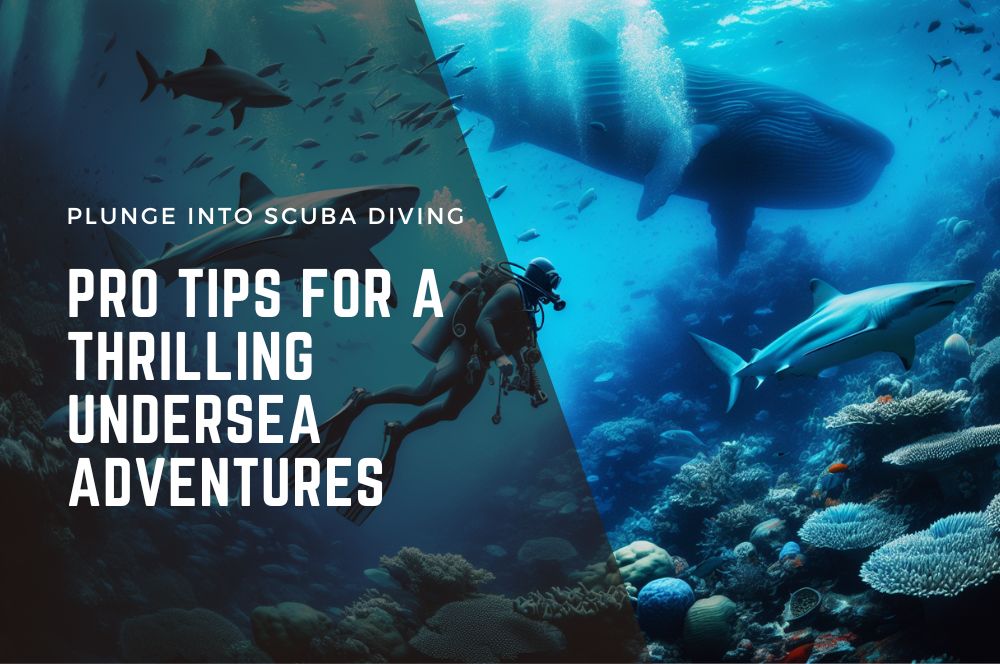
Plunge into Scuba Diving:…
Plunge into Scuba Diving: Pro Tips for a Thrilling Undersea Adventures Submerge into an exhilarating world […] -
The Ultimate Australian Diving Bucket…
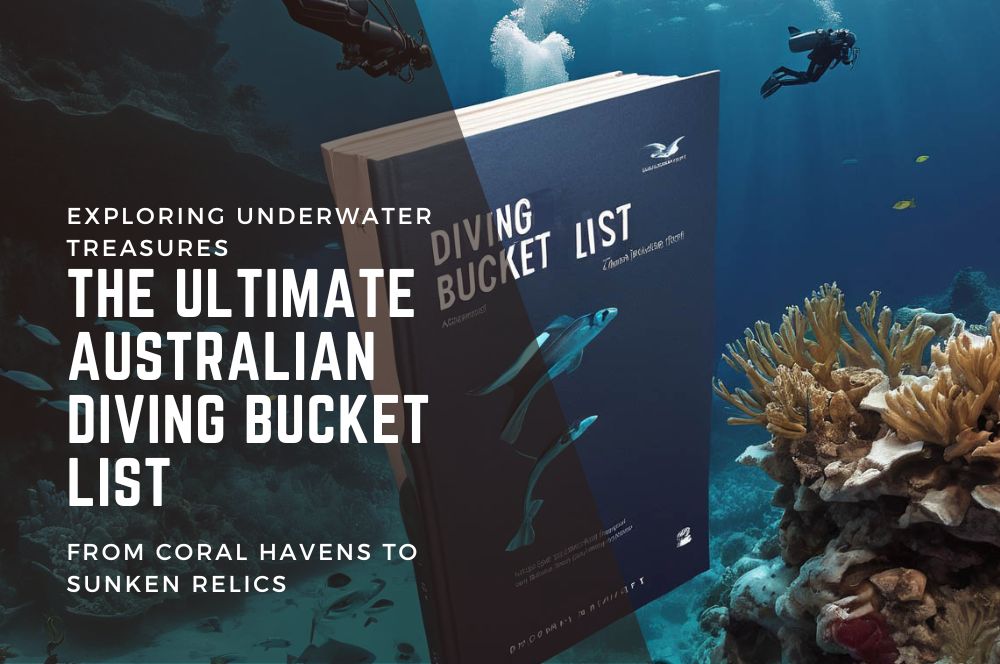
The Ultimate Australian…
The Ultimate Australian Diving Bucket List: Exploring Underwater Treasures from Coral Havens to Sunken Relics […] -
8 Key Factors to Improve Your Scuba…
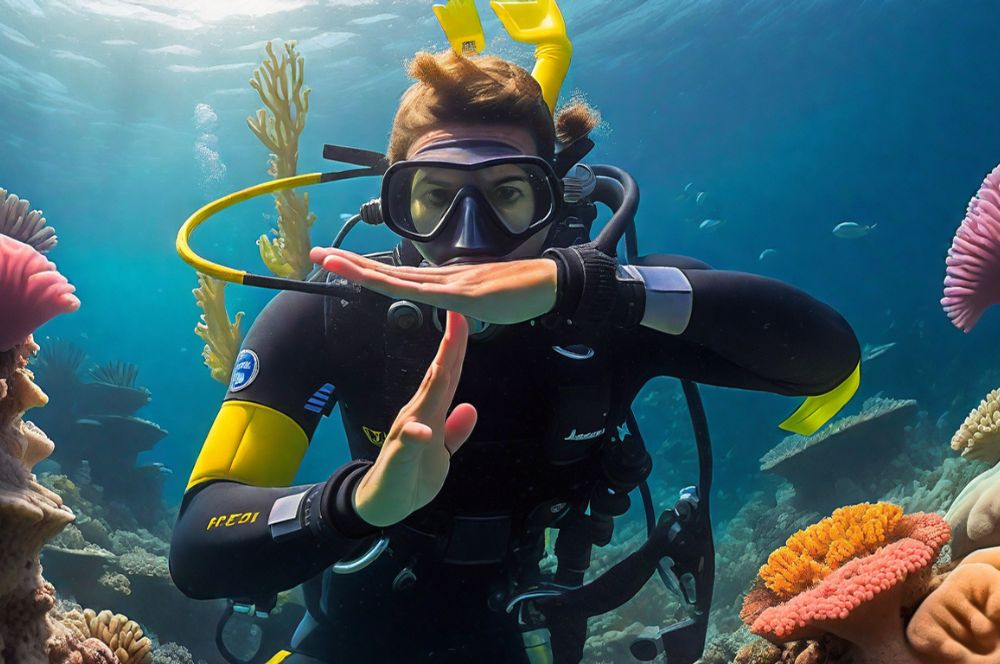
8 Key Factors to Improve…
Dive Efficiently: A Comprehensive Guide to Improving Your Scuba Air Consumption Rate Have you ever had to […] -
Unleashing Your Inner Superpowers through…
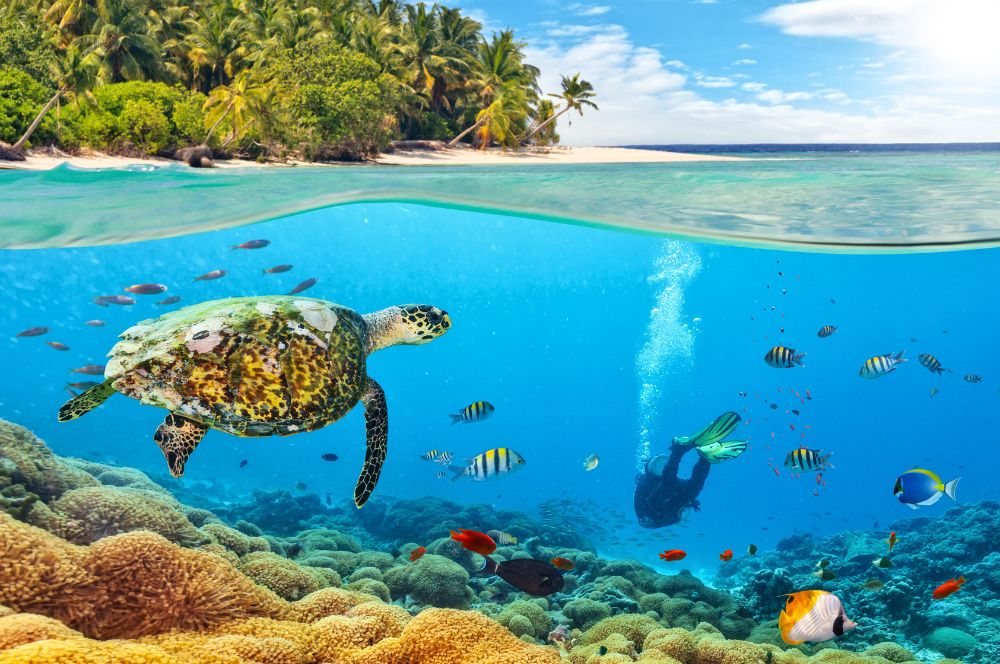
Unleashing Your Inner…
From Ordinary to Extraordinary: Unleashing Your Inner Superpowers through Scuba Diving Are you curious about […]
Recent Posts
